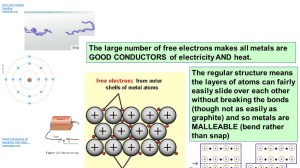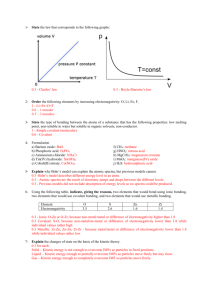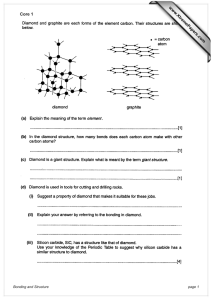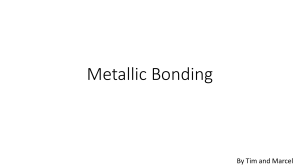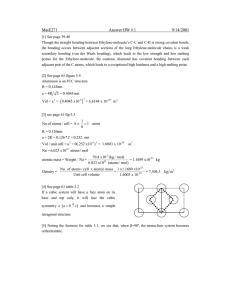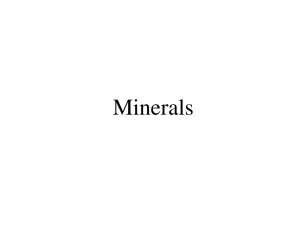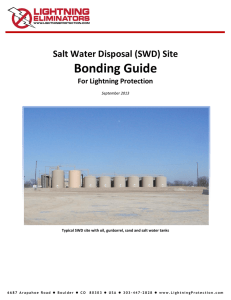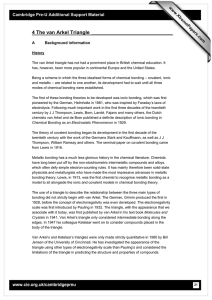File
advertisement
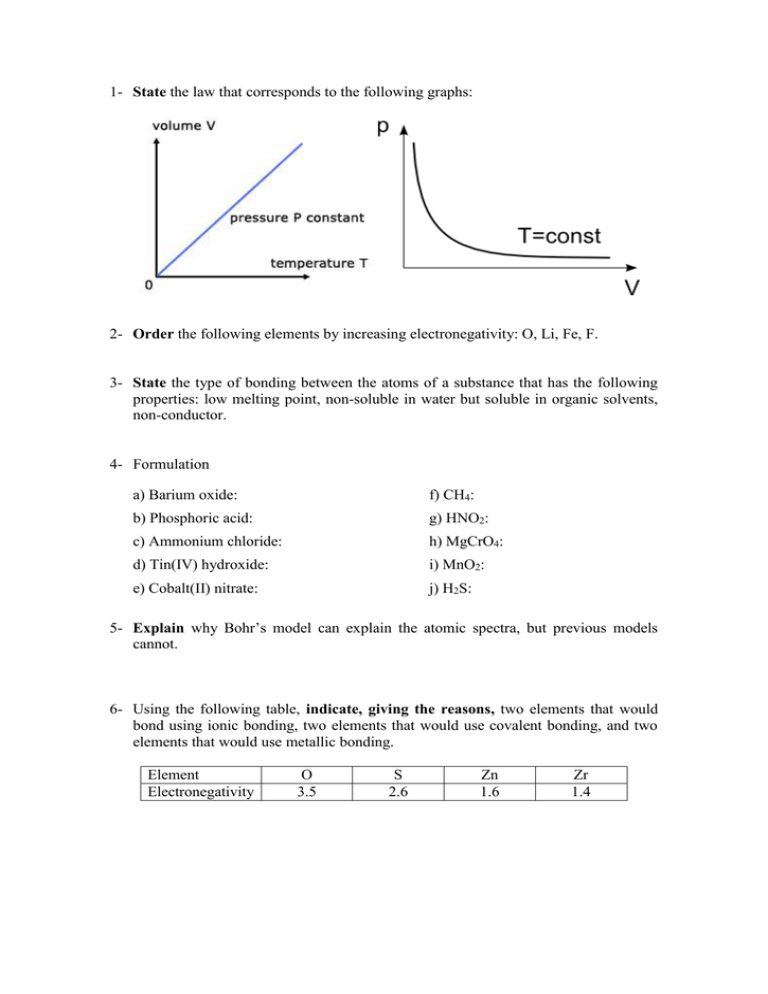
1- State the law that corresponds to the following graphs: 2- Order the following elements by increasing electronegativity: O, Li, Fe, F. 3- State the type of bonding between the atoms of a substance that has the following properties: low melting point, non-soluble in water but soluble in organic solvents, non-conductor. 4- Formulation a) Barium oxide: f) CH4: b) Phosphoric acid: g) HNO2: c) Ammonium chloride: h) MgCrO4: d) Tin(IV) hydroxide: i) MnO2: e) Cobalt(II) nitrate: j) H2S: 5- Explain why Bohr’s model can explain the atomic spectra, but previous models cannot. 6- Using the following table, indicate, giving the reasons, two elements that would bond using ionic bonding, two elements that would use covalent bonding, and two elements that would use metallic bonding. Element Electronegativity O 3.5 S 2.6 Zn 1.6 Zr 1.4 7- Explain the changes of state on the basis of the kinetic theory. 8- We have 200 cm3 of a gas, initially at 27 ºC. Calculate the final volume if we increase the temperature at 87 ºC while maintaining constant pressure. 9- These are the structures of ethanol and dimethyl ether, two organic compounds with exactly the same molecular formula, and so, the same molecular mass. However, ethanol´s boiling point is 78 ºC, while dimethyl ether´s is -24 ºC. Explain this fact. Ethanol Diethyl ether 10- Explain metallic bonding and state the properties of metallic substances. 11- Determine the molar mass of an unknown gas that has a volume of 4.1 L at a temperature of 27 °C, a pressure of 1.5 atm, and a mass of 11 g. Data: R=0.082 atm·L/K·mol 12- Alkanes are compounds that contain only carbon and hydrogen atoms. The graph to the right shows the boiling points of alkanes with different numbers of carbon atoms. State and explain this trend.
